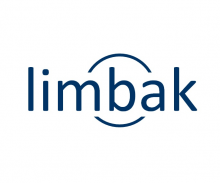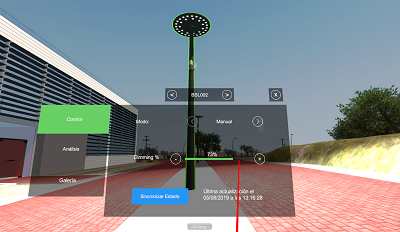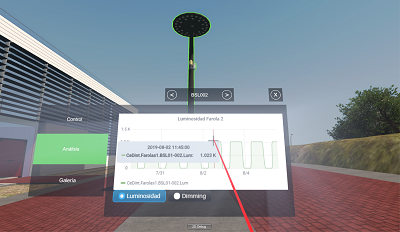SuperVR
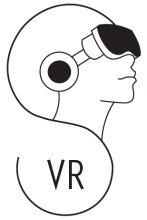
This actuation has been subject of funding from the budget of the Ministerio de Economía, Industria y Competitividad, with the file number TEC2017-83769-R
Nowadays, there is a new generation of affordable Virtual Reality (VR) headsets entering the market (Oculus, HTC-Vive, Samsung Gear, etc.). However, VR headsets still have to overcome a few technical challenges to provide the quality necessary to be used in future applications, such as education, personal office, or in professional environments (virtual marketing, 3D design, architecture, training of complex tasks, etc.).
Challenges
The main challenges for a VR headset prototype are:
- Resolution: the existing headsets provide resolution densities <200 pixels/degree2. This makes difficult reading texts (critical in office applications) or recognizing faces (important for social media, watching movies or professional applications.
- Size, weight and ergonomics: existing headsets are bulky (most of them over 1.200 cm3) and heavy (around 500g), what makes them uncomfortable to be used during long periods. This limits their application in professional environments.
- Field of view (FOV): a real immersive visualization experience needs a minimum FOV of 90º, although a larger FOV would increase the immersivity of the experience.
Scope
The VR headsets entering the market have in common that all of them use conventional optics (with rotational symmetry and aspheric surfaces, Fresnel or diffractive). Conventional optics shows several drawbacks:
a) There is a compromise between the FOV and the size of the headset. Larger FOVs provide better immersive experiences, but need larger distance between optics and display, what makes the headsets bulky and heavy.
b) The resolution, limited by the display used, cannot be further improved by conventional optics. The state of the art of displays allows for resolutions <Mpixels/eye, resulting in maximum resolutions under 200 pixeles/degree2.
The project SuperVR will study non-conventional freeform optical architectures to improve the resolution, using mono and multi-channel configurations. Three different approaches will be followed:
1) Super-resolution based on human vision adapted design with variable magnification. This strategy can be used with mono and multi-channel optics and with any display frequency.
2) Super-resolution based on Time Division Multiplexing (TDM). It can be used with mono and multi-channel optics, but only with displays with frequencies over 120Hz.
3) Super-resolution based on pixel interlacing. For multi-channel systems, with large number of channels (>50) and any display frequency.
SuperVR project will be focused on the research of new freeform optics to improve the resolution of VR headsets. A theoretical study will be carried out, including 3 possible architectures. A practical design of each architecture will be developed, and a full optical system will be manufactured and tested, according to one of the three architectures. The optical system will be integrated in a prototype of VR headset and it will be tested in a relevant scenario related to the professional use of VR for virtual industry.
VR Scenario
To test the different optical system architectures developed in the SuperVR project, the group of VR in CeDInt has modeled and implemented a virtual scenario based in the "Open IoT" solution of intelligent devices and energy efficiency deployed throughout the Campus of Montegancedo for the monitoring and control of illumination, consumption and presence devices by the group of Energy Efficiency. There are three pilots implemented in the Campus of Montegancedo in which it is possible to interact using this virtual environment: Smart Lighting, Demo Room and Smart Building. These projects comprise five wireless networks to which 222 nodes are connected between sensors and actuators. More information can be consulted here.
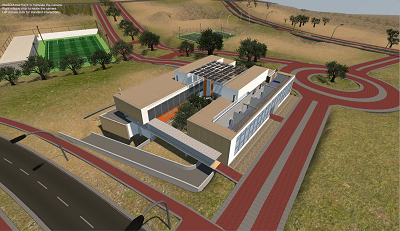
Figure 1. General view of the Campus of Montegancedo where the "Open IoT" solution has been deployed
The virtual scenario allows the selection of any pilot as well as to change the network parameters related to the communication with the real devices. For this purpose, a home interface is used as shown in the following figure.
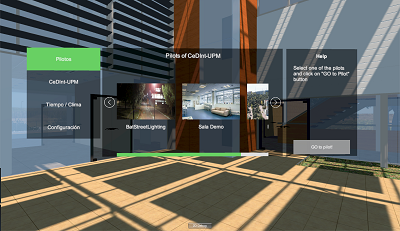
Figure 2. Home scene used to select the different pilots of the project.
SmartLighting : This pilot aims to improve the exterior lighting installations of the Montegancedo Campus, providing it with an intelligent lighting system capable of measuring the level of luminosity reflected under the luminaire and detecting the presence of pedestrians.
Figure 3. Interaction with a street lamp if the Smart Building pilot to control the level of illumination and view the history of detected luminance.
Demo Room: In order to demonstrate the interoperability between different technologies of the market and with the priority of saving energy (energy efficiency), this room is equipped with the control technologies more extended nowadays (LonWorks, KNX, DALI, BACnet y X10).
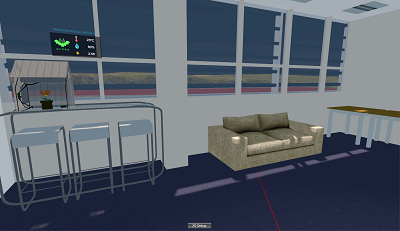
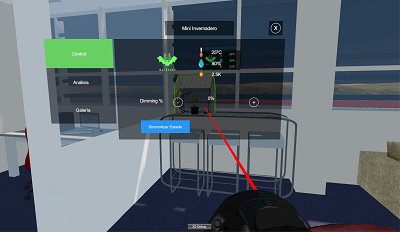
Figure 4. Interaction with the domotic technologies of the Demo Room (mini greenhouse with temperature, humidity and luminosity sensor and control of illumination)
Smart Building: aims to present an in-depth study of behavior from the point of view of energy efficiency in buildings. It comprises40 BatSenses that measure temperature, humidity, luminosity, environmental noise and power; 30 three-phase BatMeters that measure the energy consumption of 540 independent circuits in the building; a BatWater that includes a volumetric flow of water and heat sensors; a BatLamp that controls the emitted wavelength of a generic LED; and a weather station.
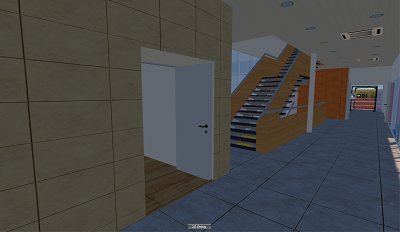
Figura 5. Interior view of the CeDInt smart building in which the network of devices has been deployed.
ブランド コピー おすすめ,ブランドコピー 人気サイト,ブランド コピー 優良店,ブランド コピー 激安,ブランド コピー 代引き,ブランド コピー 安心,ブランド コピー 国内発送, ブランドコピー 口コミ,ブランドコピー 服,ブランドコピー財布,スーパーコピー スーパーコピーブランド激安通販専門店 ブランドスーパーコピー代引き ブランドコピー代引き日本国内発送安全後払い-スーパーコピーブランドQ&A-商品の時 を買う疑問は解答します!ブランドコピー代引きこちらは業界超人気スーパーコピー ブランド代引き安全口コミ通販後払い商品届く専門店! 商品届かない詐欺サイトの見分け方 2つの確認だけで偽通販にダマ ...スーパーコピーブランドコピー激安市場、スーパーコピーn級品通販販売専門店,最大級規模ブランドコピーのブランドコピー財布、ブランドコピーバッグ、ブランドコピー時計新作品業界で全国送料無料で,業界NO.1スーパーコピーn級品商品一覧、入荷情報を ...シャネルスーパーコピー代引き専門店,激安シャネル財布 ...世界大人気激安シャネルスーパーコピー代引き安全後払い専門店,最高級の海外シャネル財布コピー通販,無料配達,シャネル偽物,シャネルコピーバッグ,シャネル時計コピー,シャネル三つ折財布コピー,chanel ショルダーバッグ コピー,シャネル ...ブランドコピー安全なサイト、本当に届くスーパーコピー ...偽物のバッグ、時計、財布など激安で買える!ブランドコピーは品質3年保証、最新作ルイヴィトンスーパーコピー、エルメスコピー、シャネルコピー、ロレックスコピー、オメガコピー、グッチ ...超人気ルイヴィトンコピーN級品,高品質ルイヴィトンスーパー ...高品質ルイヴィトンスーパーコピー老舗!卸売各種ルイヴィトン財布 スーパーコピー,ルイヴィトン財布コピー代引き,当サイト販売した偽物ルイヴィトンなので 正規品と同等品質提供した激安で完璧な品質のをご承諾します!送料は無料です(日本 ...偽物ブランドコピー人気激安店高品質スーパーコピー財布販売 ...偽物ブランドコピー人気激安店高品質スーパーコピー財布販売老舗,国内最大の偽物ブランド,ブランドコピー時計,コピーブランドバッグ,ブランド財布コピー海外の有名な本物ブランドコピー新作激安店,日本業界最高級のスーパーコピー ...スーパーコピー サイト ランキング口コミブランドコピー ...ブランドコピー,ルイヴィトンスーパーコピー通販,スーパーコピー販売 ,スーパーコピー財布激安,スーパーコピー財布,ブランドコピー財布,N級激安通販専門店!、日本国内最高級の スーパーコピーn級品激安、ブランドコピー海外通販優良店!



